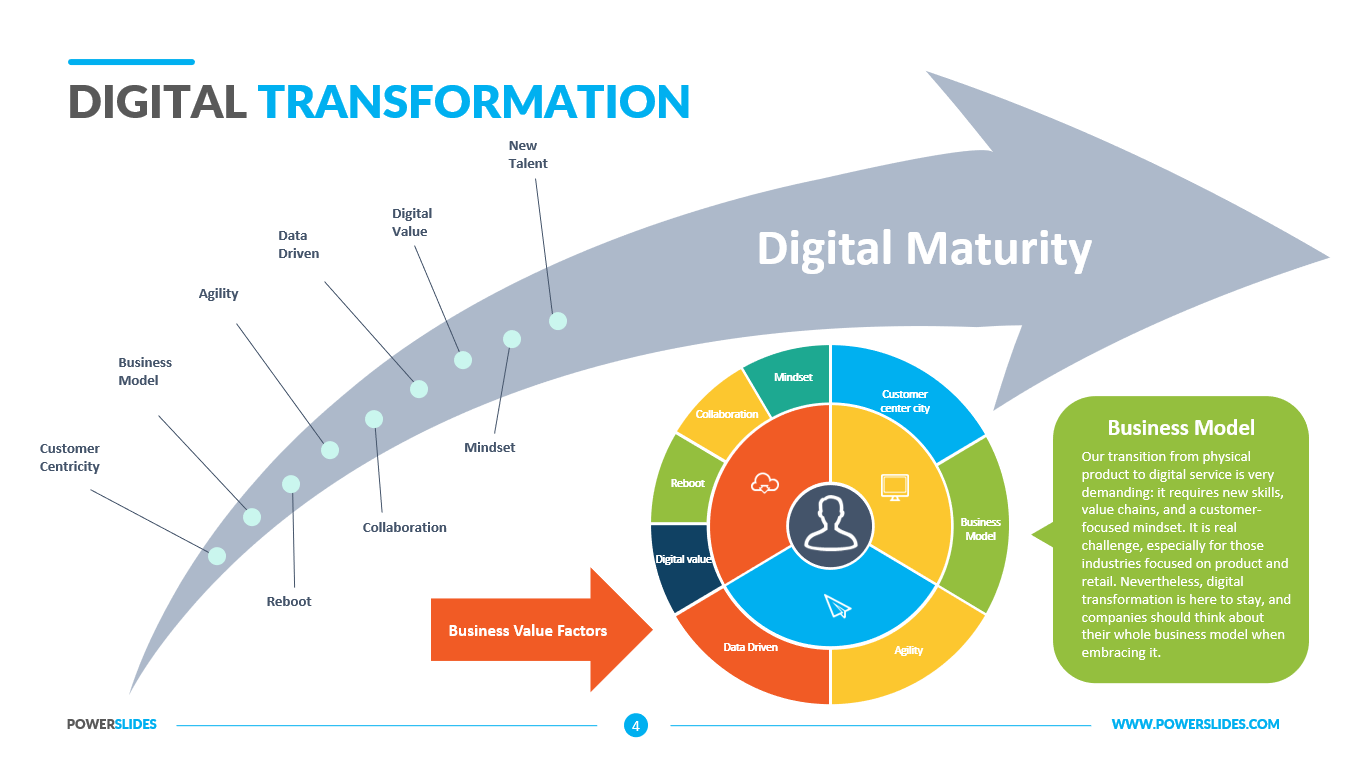The digitization it is not an option for the vast majority of companies of all types and sizes. It may or may not be addressed, but organizations that don’t will almost certainly be locked out of the market. For this reason, among others of considerable relevance (greater productivity, cost savings, etc.), if you do not already have it, it is time to create a roadmap to digital transformation.
Going digital is a question of survival in a highly competitive environment, which requires agility and maximum profitability. And furthermore, it is progressively becoming a cut-off line for many businesses: in fact, it is already difficult to find companies that do not have a website, email or social networks. All issues where small businesses (generally) are at the forefront, helping them compete effectively in a way that wasn’t possible before. eCommerce is another clear example of this need, which has been especially driven by the pandemic and lockdowns. Having an online store is an important support for many companies, which is why it is one of the great trends in digitization in recent years.
It is not about focusing on studies or monitoring the competition, but about reflecting on the Benefits that provides a roadmap to digital transformation in a specific case. However, it is obvious that a more digitized business recovers better in the face of a crisis and today, in a very complex context from which it seems that we are beginning to recover, the recovery is even faster and stronger.
Where to start a roadmap to digital transformation
There are digital tools for almost every need, not just to drive sales or customer relationships; also to automate management, improve manufacturing, streamline internal communication, facilitate the design of products / services or improve data security.
It all depends, since the needs and opportunities oblige; but in general terms, an SME that wants to remain competitive and improve its business day by day should assess the following priorities. Although without forgetting that technology is a means, not an end.
Basic tools
Although obvious, the importance of a digital basis for work cannot be ignored: office tools as a word processor, spreadsheet, or presentation program; as well as email, a web page and, depending on the case, a blog to generate content and profiles on the most interesting social networks for the business. In this way it is possible to cover basic start-up needs such as communication with potential clients or basic daily management of the company.
Enterprise Resource Planning System
A ERP It should be the first step for the digitalization of an SME because, in addition to being a system designed to be the center of the organization; It is a very mature technology with a long way to go. It allows starting small and growing with the company itself, as well as managing all areas of the company centrally, facilitating communication, collaboration and the availability of information.
Customer Relationship Management System
Once the basic processes of the company are digitized, the usual thing is to try to go one step further in improving sales. To do this, a crms it is the key tool, since it allows to register and control all the interactions with potential and existing clients; as well as using relevant data to improve impacts and manage the sales funnel to increase business possibilities.
electronic commerce
Contrary to what is usually assumed, it is a valid sales alternative for all types of companies, both B2C and B2B. After all, it is a “commercial” 24 hours a day, every day of the year; capable of adapting to the rhythms and needs of customers in real time. It is also an important aid in the management of sales documents, as well as in the loyalty of increasingly digital users. The ERP – CRM – eCommerce connection it is a key to success for the present and future of any business.
Cloud Computing
The cloud offers a wide variety of capabilities that can be added to the company’s processes depending on the phase in which it is. One of the main uses given to the cloud at first is the storage and the distribution of information. In this way, it is possible to bet (in whole or in part) on mobility, teleworking or smart working; with relative ease, security and updated data at all times.
Business intelligence
With the amount of data generated by the rest of the tools, it is necessary to detect those that are useful in order to collect them systematically, compare them, analyze them and visualize them in a way that allows take decisions business key. With the right Business Intelligence software, you can formulate hypotheses, search for data and detect trends to reduce uncertainty and act quickly in the face of market changes.
Solutions to do more with less
With a company prepared for everything that can happen thanks to the proper use of the above tSet featured imageools, many companies choose to automate, streamline management so that administrative processes are more efficient and the staff dedicated to them have greater capacity to address issues that impact the organization. Thus, it is common to implement tools for the digitization of invoices, electronic signature of documents, management of employee expenses or bank integration, among others.
cybersecurity
The growing interconnection and the increase in the generation of data (as well as its importance), require a security up to par: threat monitoring, risk management, secure accessible services, backups, antivirus, etc. Attacks are very common and the best way to tackle them is prevention, to avoid cuts in vital activities for the company or security breaches.
Digitization is not an option. And we at IGN are here to help you take the plunge with confidence. Contact us.
